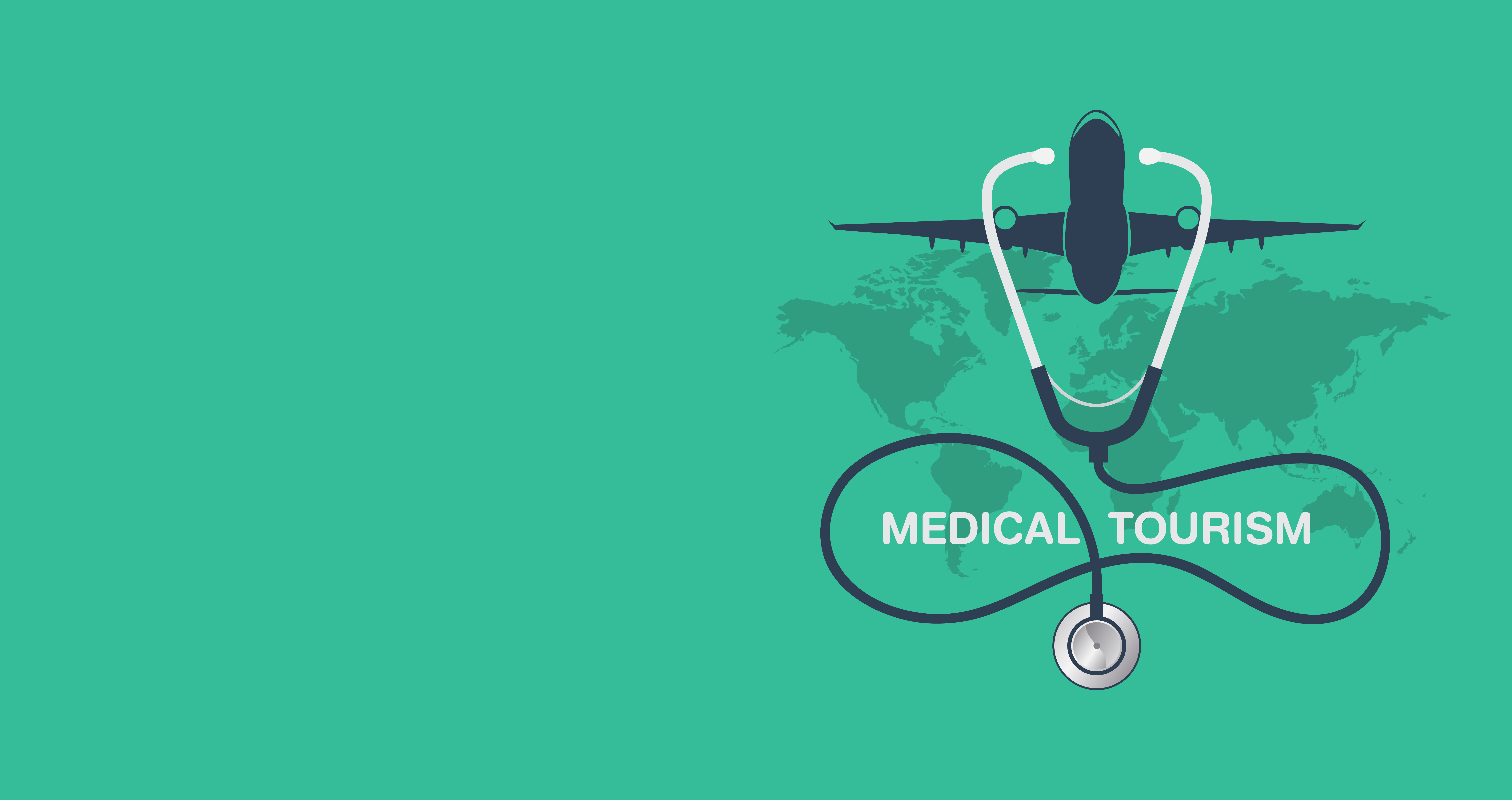Despite making good progress in the field of medical tourism, Iran is unlikely to meet its self-stated goals by 2025, an official at the Health Ministry said.
Speaking at a meeting with senior provincial medical experts, Mohammad Hossein Mirdehqan, director of Monitoring and Accreditation of Medical Services Office at the ministry, said the country is expected to increase its capacity to host health tourists by seven to eight times but “that’s not going to happen”, YJC reported.
“We are also projected to attract between 500,000 and 600,000 medical tourists every year based on the sixth economic development plan (2017-21), but that too is unlikely to happen,” he said.
Medical tourism is less dependent on how developed a country’s travel industry is and more reliant on the quality of its medical services, which is why Iran is pinning hopes on this sector.
“Health tourism is a $150-billion industry,” Mirdehqan said. “A medical tourist spends between $3,600 and $7,600 on every trip, so we need to devise and implement plans to bring that money to Iran.”
The official did not mention the source of his data. However, according to a report last year by Big Market Research, the global medical tourism market is predicted to reach $143 billion by 2022.
According to Iran’s Cultural Heritage, Handicrafts and Tourism Organization, the country’s annual revenue from health tourism is between $400 million and $500 million, while the target is to reach $2.5 billion by 2025.
Mohammad Panahi, vice president of the Association for Development of Medical Tourism Services, said earlier this year that revenues from health tourism were “around $1.2 billion” in 2016.
Mirdehqan said women of ages 45 to 65 make up the bulk of Iran’s inbound health tourists, but did not mention the number of medical tourists traveling to Iran every year.
Some 400 hospitals are active in the field of health tourism, but only 170 have been granted permits to launch an International Patients Department.
The high cost of private treatment and low quality health systems in regional countries mean there is a demand for medical services available in Iran. Those from Muslim countries are particularly attracted to Iran as they feel safer and more satisfied than in most Arab or Asian countries offering similar services.
Geographical proximity, hot and cold mineral springs in various parts of the country as well as low-cost and high quality health services in the fields of fertility treatment, stem cell treatment and dialysis, as well as heart, cosmetic and eye surgeries, have created new opportunities in Iran’s health tourism—a growth industry in many countries.


